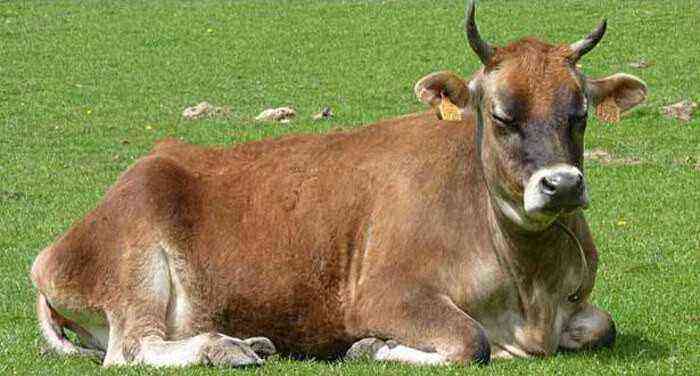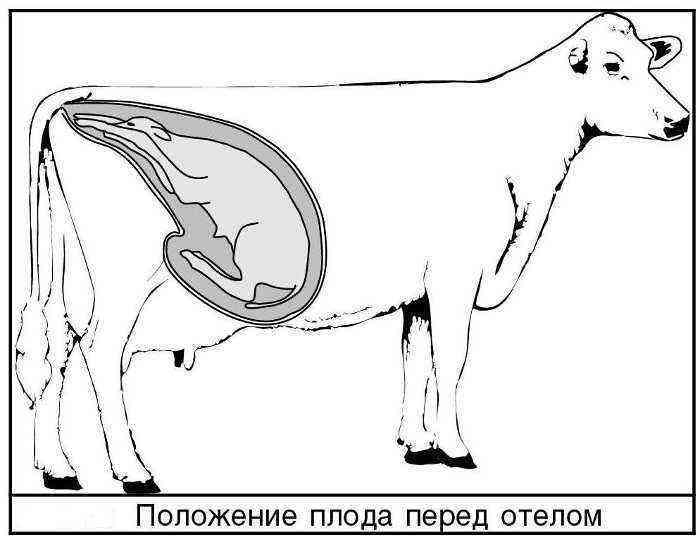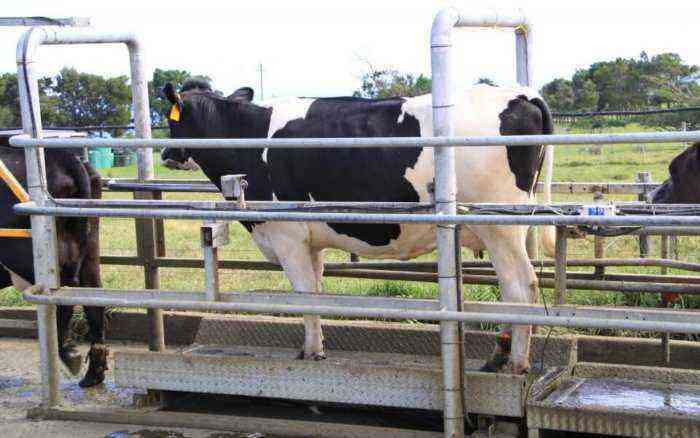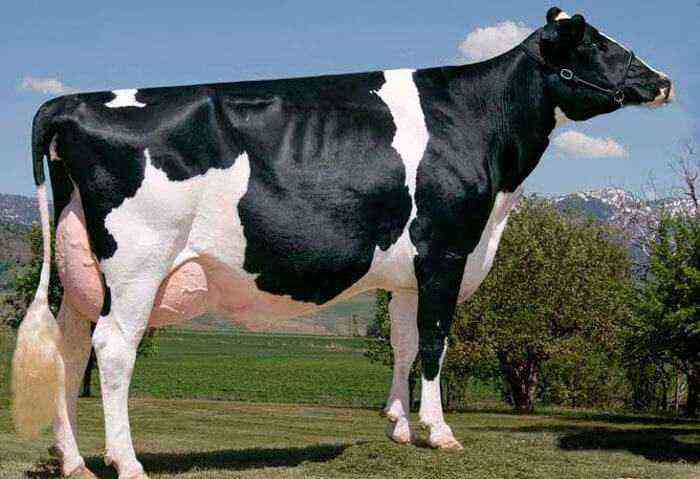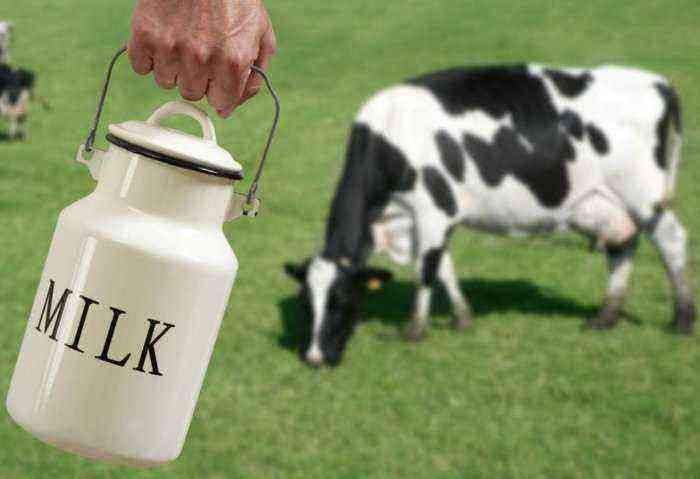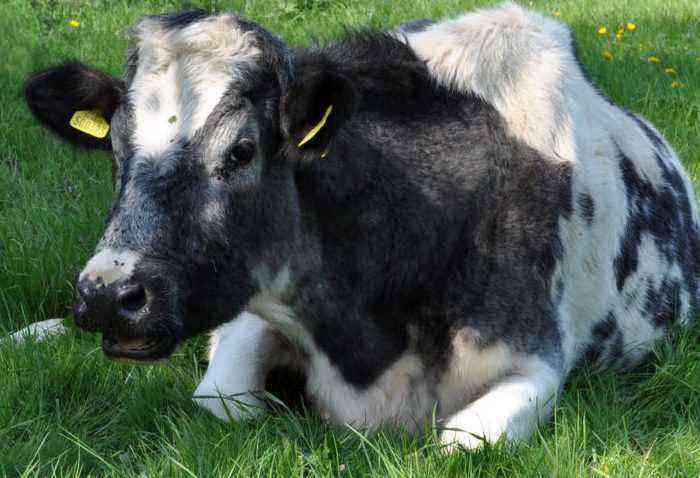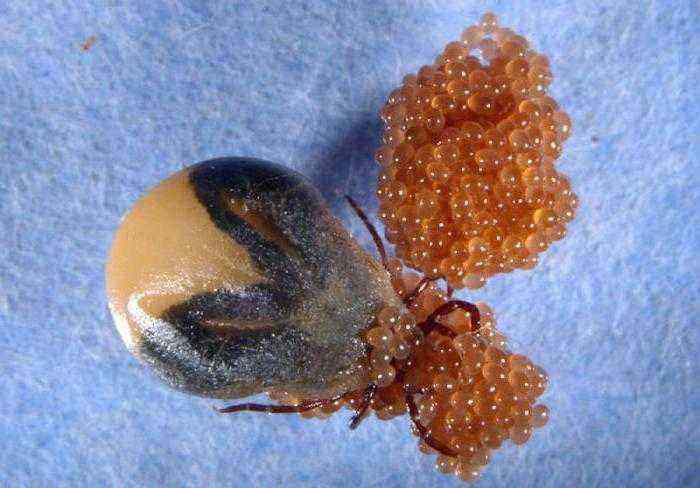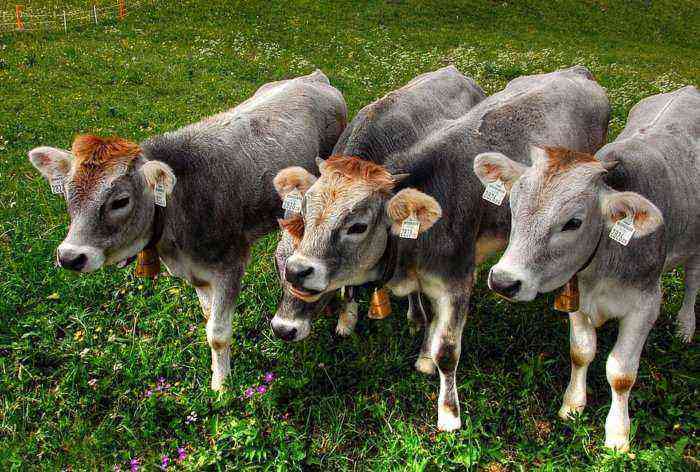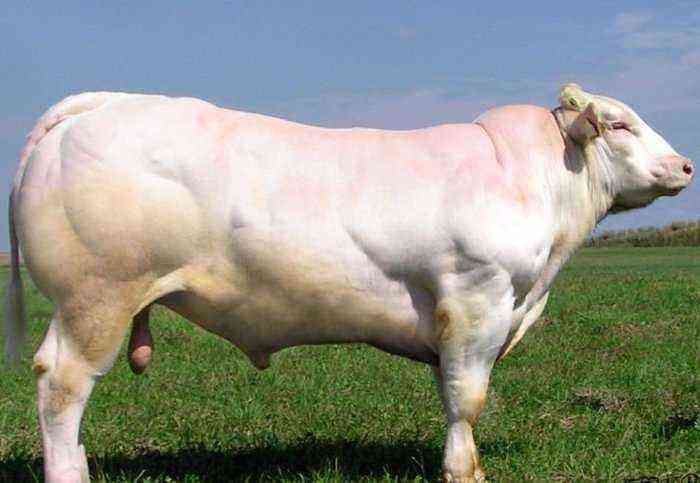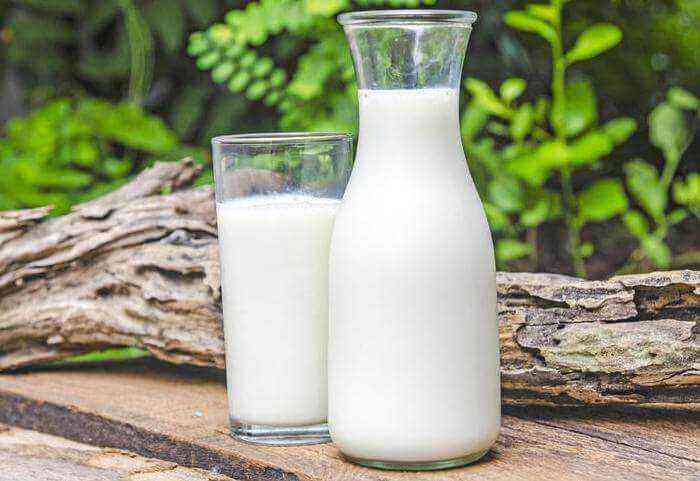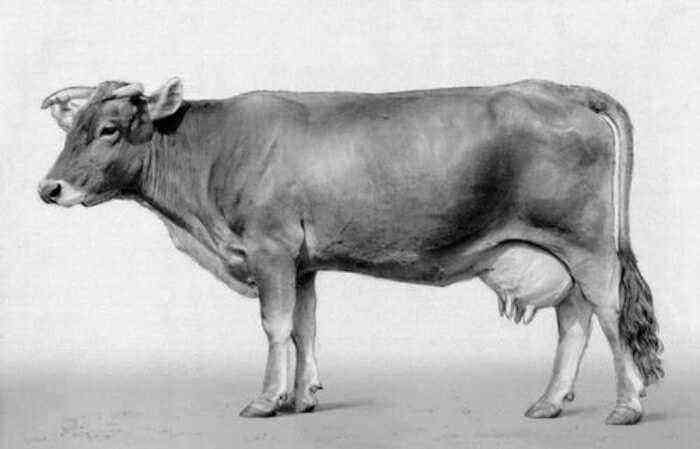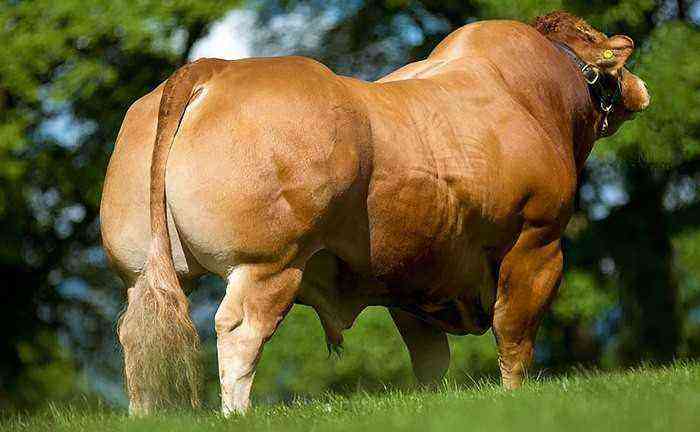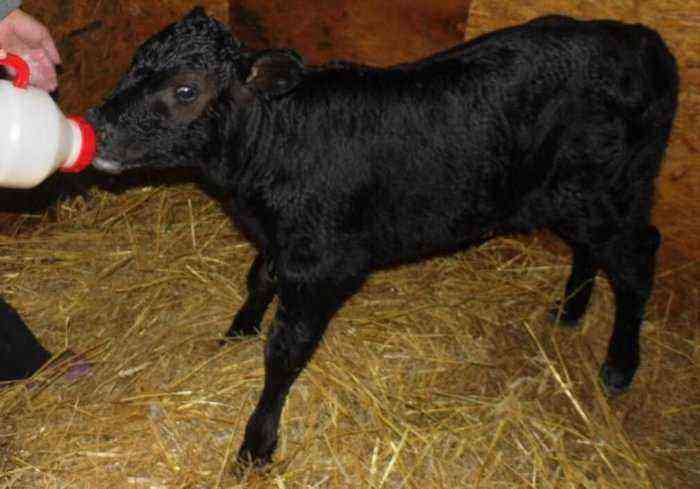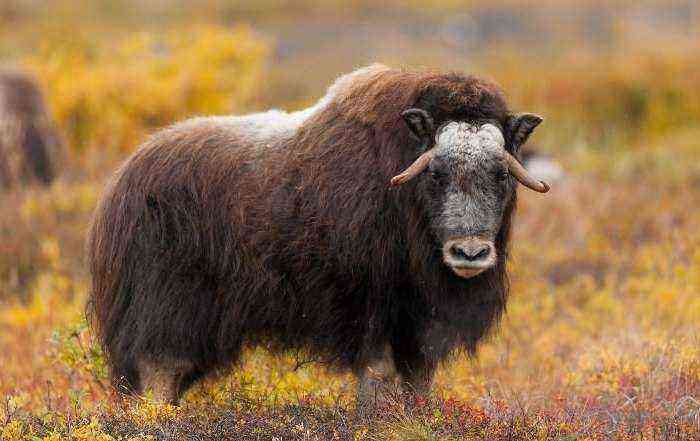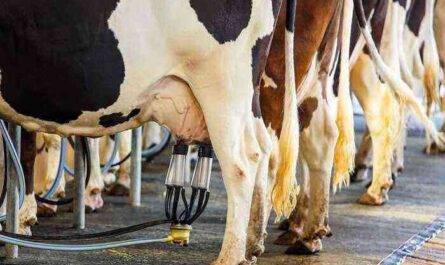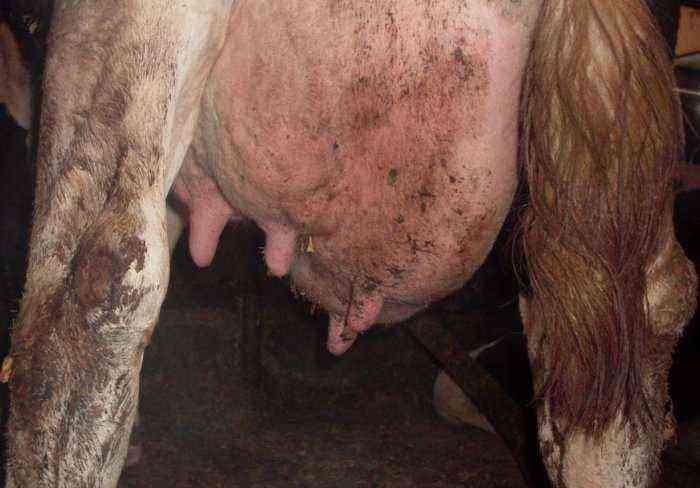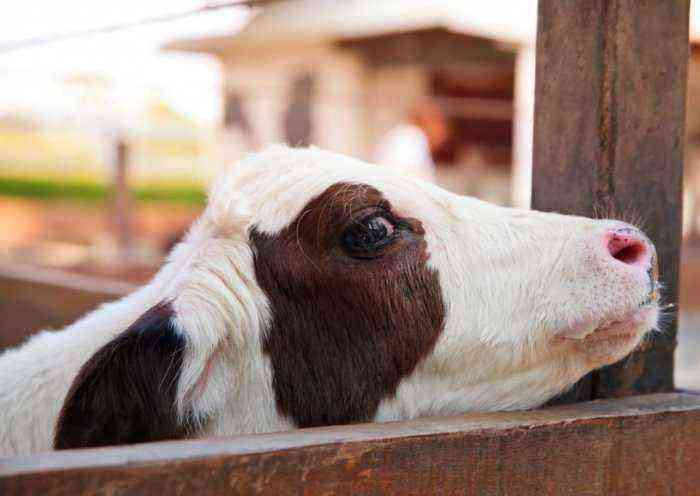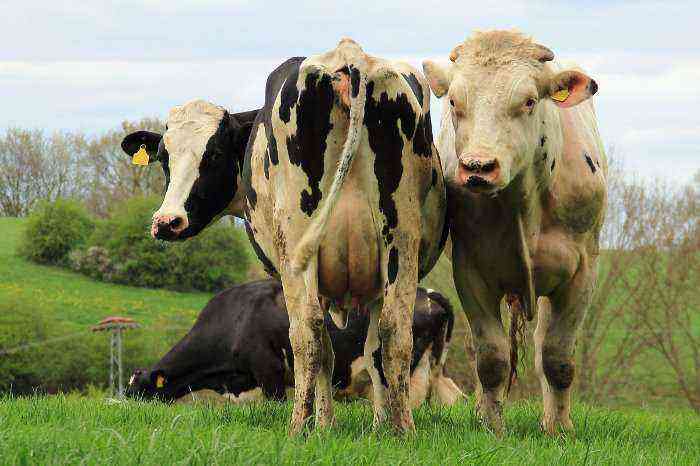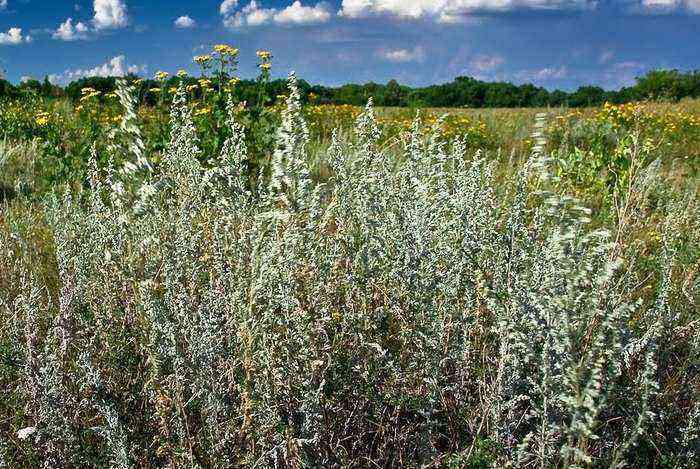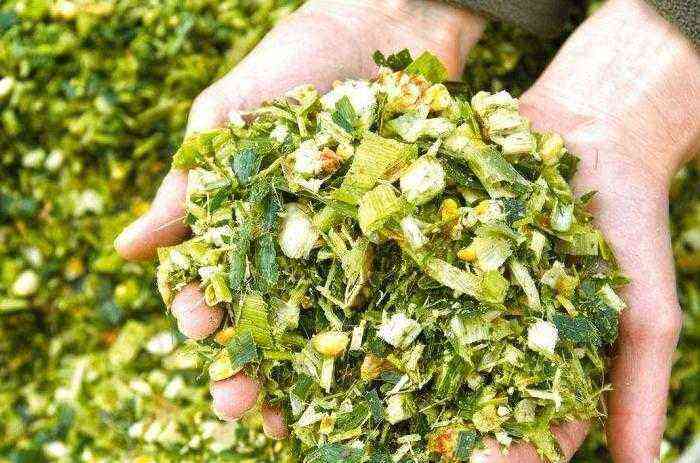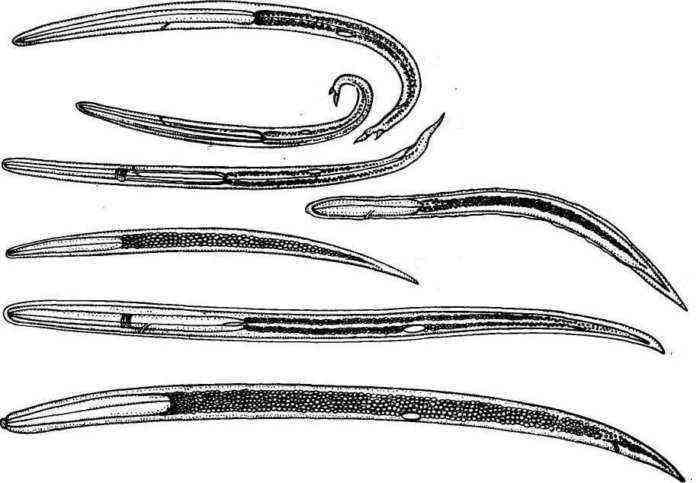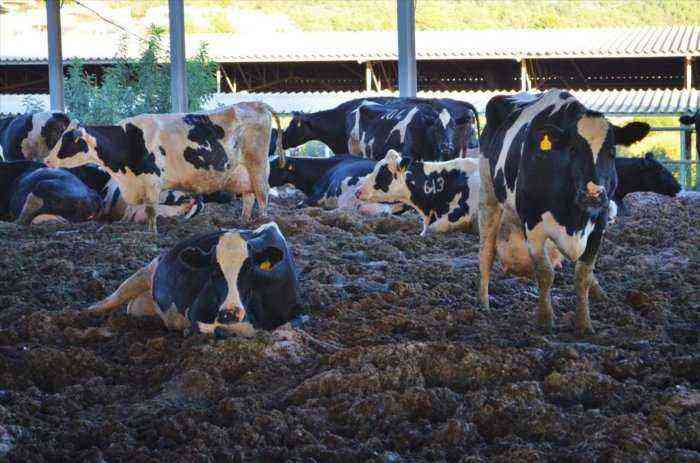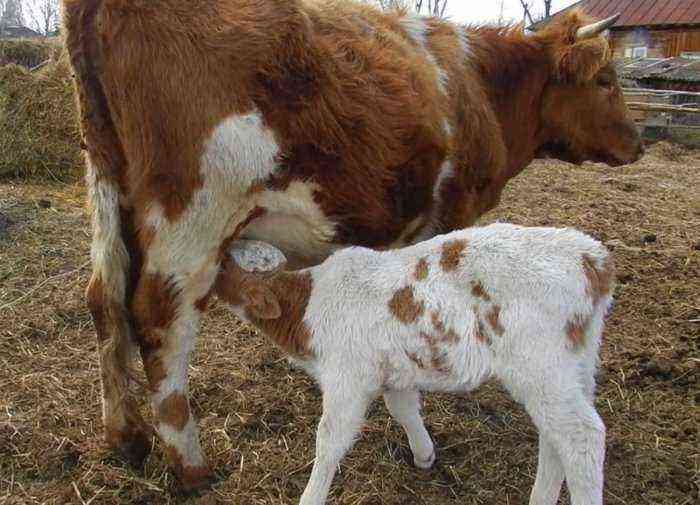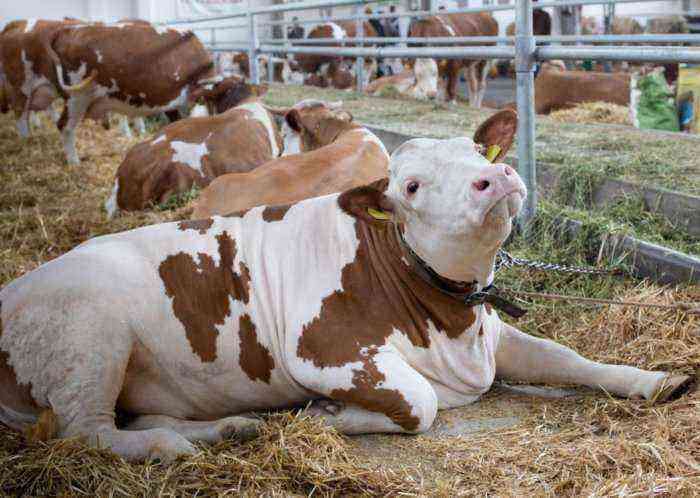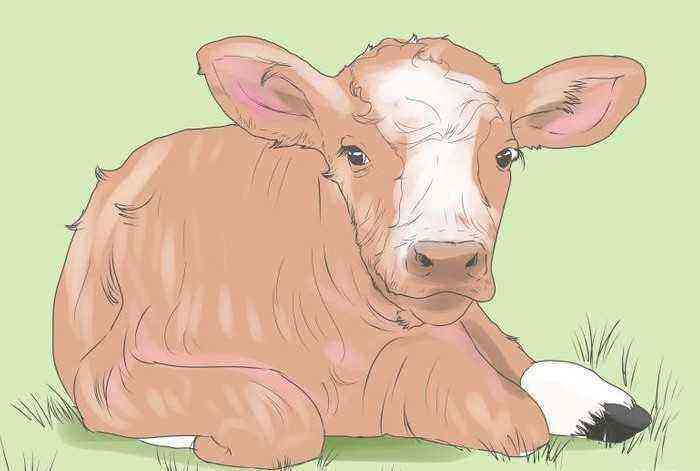The Indian buffalo is distinguished by well-developed muscles and impressive size. This type of herbivore is completely unsuitable for animal husbandry. Man managed to find a use for him only as a cheap labor force.
Indian buffalo
Habitat
The Asian water buffalo is the most common in India. In recent years, there has been a rapid assimilation of this animal with domestic cattle, which leads to the gradual extinction of the species. The population remains unchanged only in the protected areas.
Among other regions, these animals are represented in large numbers in Australia and Asia. Large herds of wild buffalo usually live near bodies of fresh water.
In Europe, this species is rare, exclusively as domestic draft animals.
Appearance
The Indian buffalo is represented by 6 subspecies. All of them have similar external features:
- long, crescent-shaped horns bent to the back serve as a reliable protection for these animals from predators, other herbivores and humans;
- females are significantly inferior to males in size and weight, they can also be distinguished by the straight shape of the horns;
- with a weight of 900 kg (in some cases up to 1300 kg), the growth of a buffalo approaches 2 meters at the withers;
- the body is barrel-shaped, 3 to 4 meters long;
- massive tail and high (compared to other buffalo varieties) legs – about 90 cm.
With an impressive size and body weight, the life expectancy of a buffalo in India is great. In their natural habitat, animals can live up to 26 years.
Life
The name “water buffalo” this animal received for a reason, it prefers to spend its life near wetlands and lakes. If there are none nearby, the herd migrates or stays near the river with a leisurely course.
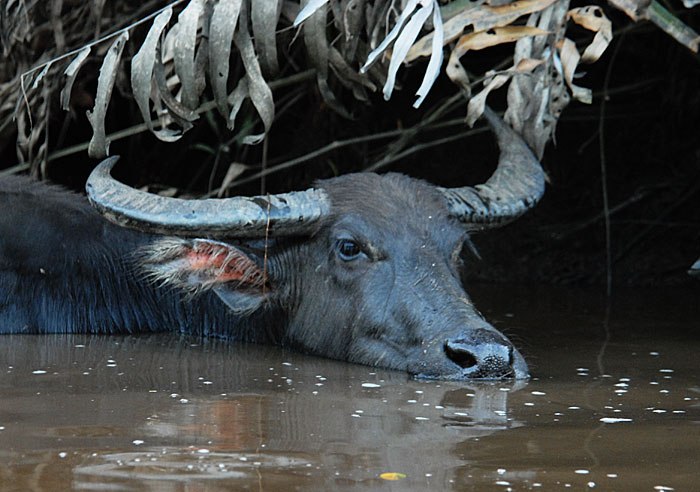
The Indian buffalo prefers to live near bodies of water.
Buffaloes live in relatively small groups, led by the leader, the strongest and oldest bull. The herd includes several young males, cows and calves.
Like most herbivores, these animals flee from the threat. But often, breaking away to a safe distance, they regroup to give the pursuers a fight. Adult animals at all costs try to protect young offspring. An individual that rarely strays from the herd will become a prey for predators.
Reservoirs are significant for the life of the herd:
- food source, 70% of the diet grows in water, the remaining 30% – on the shore;
- struggle with heat, during the day animals prefer to rest in coastal mud or completely immerse themselves in water, often only their heads remain on the surface;
- fight against parasites, some annoying insects die in the water, others are eaten by white herons, constant companions of the herd.
Reference. The manure of these animals is a natural fertilizer rich in minerals and nutrients. This causes rapid growth and greening in buffalo habitats.
Human use
Indian bulls are distinguished by their endurance and unpretentiousness in care and food, they are able to quickly adapt to new living conditions. On the farm, these animals are used exclusively as a draft force.
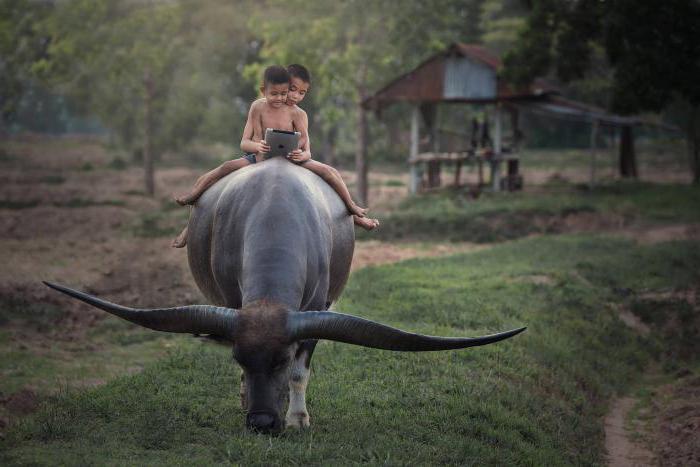
Indian buffaloes are used as a draft force
Breeding for meat is not profitable due to the fact that buffalo meat is highly rigid, it has a lot of veins. Keeping buffaloes for milk is also unprofitable. Despite the fact that the fat content of the product is high, the female gives exactly as much milk as is necessary to feed the calf. The latter remains on suction during the first 9 months of life.
Conclusion
The natural assimilation of the Indian bull can lead to its complete disappearance. On the territory of the reserves, conditions are created that stimulate its active reproduction. Today, every effort is being made to preserve this unique animal.
